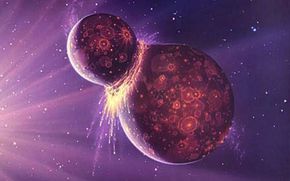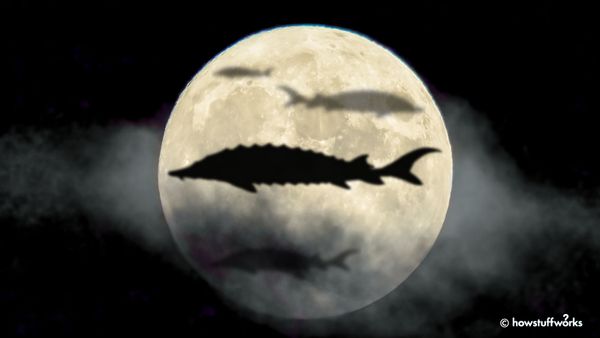Giant Impactor Hypothesis
At the time of Project Apollo in the 1960s, there were basically three hypotheses about how the moon formed.
Advertisement
- Double planet (also called the condensation hypothesis): The moon and the Earth formed together at about the same time.
- Capture: The Earth's gravity captured the fully formed moon as it wandered by.
- Fission: The young Earth spun so rapidly on its axis that a blob of molten Earth spun off and formed the moon.
But based on the findings of Apollo and some scientific reasoning, none of these hypothesis worked very well.
- If the moon did form alongside the Earth, the composition of the two bodies should be about the same (they aren't).
- The Earth's gravity isn't sufficient to capture something the size of the moon and keep it in orbit.
- The Earth can't spin fast enough for a blob of material the size of the moon to just spin off.
The Giant Impact Theory
Because none of these hypotheses was satisfactory, scientists looked for another explanation.
In the mid-1970s, scientists proposed a new idea called the Giant Impactor (or Ejected Ring) hypothesis. According to this hypothesis, about 4.45 billion years ago, while the Earth was still forming, a large object (about the size of Mars) hit the Earth at an angle. The impact threw debris into space from the Earth's mantle region and overlying crust. The impactor itself melted and merged with the Earth's interior, and the hot debris coalesced to form the moon.
The Giant Impactor hypothesis explains why the moon rocks have a composition similar to the Earth's mantle, why the moon has no iron core (because the iron in the Earth's core and impactor's core remained on Earth), and why moon rocks seem to have been baked and have no volatile compounds. Computer simulations have shown that this hypothesis is feasible.



